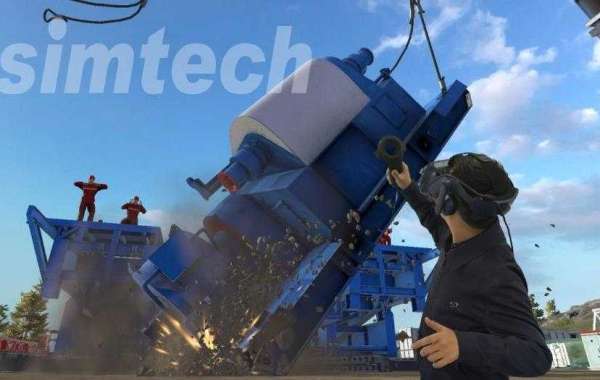The energy sector is undergoing a digital revolution, and at its heart are two powerful technologies: Digital Twins and Virtual Reality (VR). Individually, they are impressive. But when combined, they create a synergistic force that is fundamentally transforming how we design, monitor, and manage energy assets.
A Digital Twin is a dynamic, virtual replica of a physical asset—a wind turbine, a substation, an entire offshore platform, or even a full power grid. It’s fed by real-time data from IoT sensors, SCADA systems, and other sources, allowing it to mirror the life and conditions of its physical counterpart. Now, imagine stepping inside that living digital model. That’s the power of VR.
From Looking at a Screen to Stepping Inside the System
Traditionally, operators interact with a Digital Twin on a 2D screen, interpreting data streams and 3D models. This is powerful, but it’s still an abstraction. VR removes that final layer of abstraction. It transforms the Digital Twin from a model you look at into a world you step into.
This fusion is unlocking unprecedented capabilities across the energy value chain.
- Immersive Design and Collaborative Prototyping
Before a single piece of steel is cut, engineers and designers can don VR headsets to walk through a full-scale, 1:1 model of a new processing facility. They can check for pipe clashes, assess maintenance access points, and evaluate ergonomics and safety in a way that is impossible with blueprints or even 3D models on a screen. Teams from across the globe can meet inside the virtual asset, discussing and annotating the design in real time, leading to better-designed, more constructible, and safer facilities from the outset.
- Supercharged Maintenance and Operations
When a pump on an offshore platform shows anomalous vibration data in the Digital Twin, what’s the next step? Today, it might require a specialist to review manuals and fly out to the site. Tomorrow, that specialist—or an on-site technician—can put on a VR headset.
They are instantly transported to a virtual replica of the exact equipment, overlaid with real-time sensor data, historical performance metrics, and interactive step-by-step repair instructions. They can practice the complex disassembly procedure virtually first, ensuring they have the right tools and sequence, before ever touching the physical asset. This "practice then execute" model slashes downtime and improves first-time-fix rates.
- Remote Expert Assistance and Training
Imagine a junior technician in a remote field location facing an unfamiliar problem. By wearing an AR/VR headset, they can share their live view with a senior expert sitting in a headquarters thousands of miles away. The expert, seeing through the technician's eyes, can then project 3D holographic arrows, diagrams, and instructions directly into the technician’s field of view, guiding their every move. The Digital Twin provides the context, and VR/AR provides the collaborative interface.
- Scenario Planning and Crisis Management
What happens to the grid if a key transmission line fails during a heatwave? Operators can use the live Digital Twin to run this scenario in VR. They can witness the cascading effects in an intuitive, spatial context and test different mitigation strategies in a risk-free environment. This ability to stress-test systems against extreme "what-if" scenarios builds incredible resilience and preparedness.
Building a More Agile and Resilient Grid
The combination of Digital Twins and VR is more than a technological upgrade; it’s a paradigm shift in operational philosophy. It moves us from reactive and scheduled maintenance to predictive and precision operations. It breaks down geographical and expertise silos, allowing the best minds to collaborate on assets anywhere in the world.
By creating a persistent, immersive, and data-rich bridge between the physical and digital worlds, the energy sector is building a future that is not only more efficient and profitable but also safer and infinitely more adaptable to the challenges ahead. The control room of the future isn't a room with monitors—it's a headset that connects you to the heartbeat of your entire operation.













